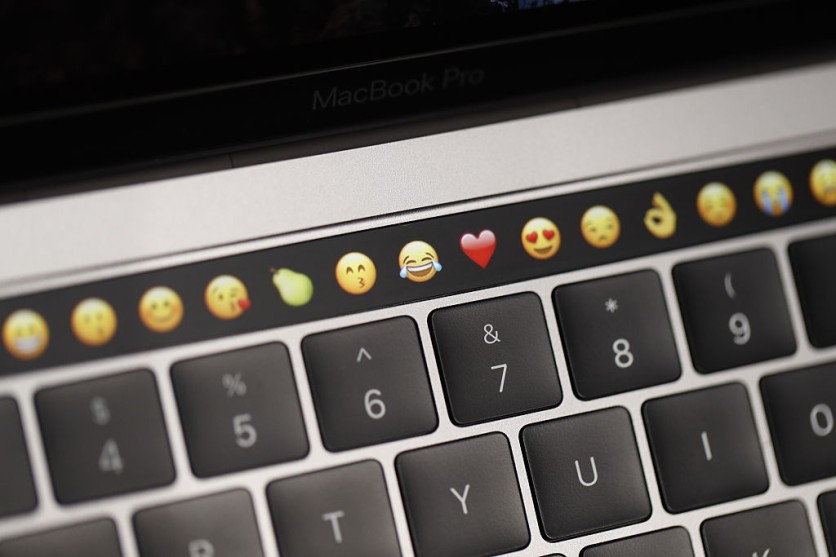

Apple had known about the defective displays observed in Macbook Pro models released in 2016, a federal judge ruled.
The ruling comes after the defect, dubbed as "Flexgate," was confirmed when iFixIt revealed the issue in a report.
Apple's Design Oversight and Denial
On Thursday, Apr. 1, 9to5 Mac reported that U.S. District Judge Edward Davila had allowed the class-action lawsuit against Apple to continue after allegations that the MacBook Pro exhibited a "stage light" fault and the company denied warranty repairs.
In addition, Davila said the court also considers the allegations accusing Apple of deleting forum posts made by users who complained about the issue.
Apple reportedly tried to quietly address the issue when The Verge reported on Mar. 2019 that the 2018 Macbook Pro models used a display cable that is 2mm longer than the 2016 models.
At first, Apple tried to deny warranty repairs on affected machines, but later on, it created a Display Backlight Service Program to address it.
However, the program was only made available for users with the 13-inch model, while they continued selling the 15-inch model and denied that the flexgate issue exists.
Apple also dismissed the allegations that they tried to cover up the issue by deleting forum posts from their Official Apple Support Community page, arguing that the posts are irrelevant to the case.
Although Davila allowed the lawsuit to proceed, he narrowed down its scope.
The judge said that a team of "reliability engineers" who carried out stress tests on the Macbook Pro, as well as the consumer complaints, would have alerted Apple to defects behind the display failures.
He added that the forum posts Apple allegedly deleted could have provided further evidence that the company knew about the defective design.
Apple Macbook Pro: Flexgate Issue Exposed
On Jan. 2019, iFixIt exposed the "stage light" effect after identifying that the 2016 Macbook Pro's compact design left no room for the display's flex cables, causing it to be prone to fatigue and failure.
The report explained that the flexgate issue is simple, and a $6 display cable could have resolved it.
"The [Macbook] uses flexible ribbon cables to connect the display to a display controller board beneath the Touch Bar. These cables wrap over the board, where they're secured by a pair of spring-loaded covers-and they're subjected to the stress of bending with every opening and closure of the laptop," the report reads.
The report added that the backlight cable is the first component to be affected by the design flaw, causing the "stage light" symptoms before giving out entirely.
Because Apple aimed for the 2016 Macbook Pro to have a compact design, it opted for the thin, fragile flex cables and had it soldered as part of the display, making it irreplaceable.
Related Article: Apple Hit With Lawsuit After 'Thousands' Of Users Complain About Defective MacBook Pro Keyboards
This article is owned by Tech Times
Written by Lee Mercado
ⓒ 2025 TECHTIMES.com All rights reserved. Do not reproduce without permission.




